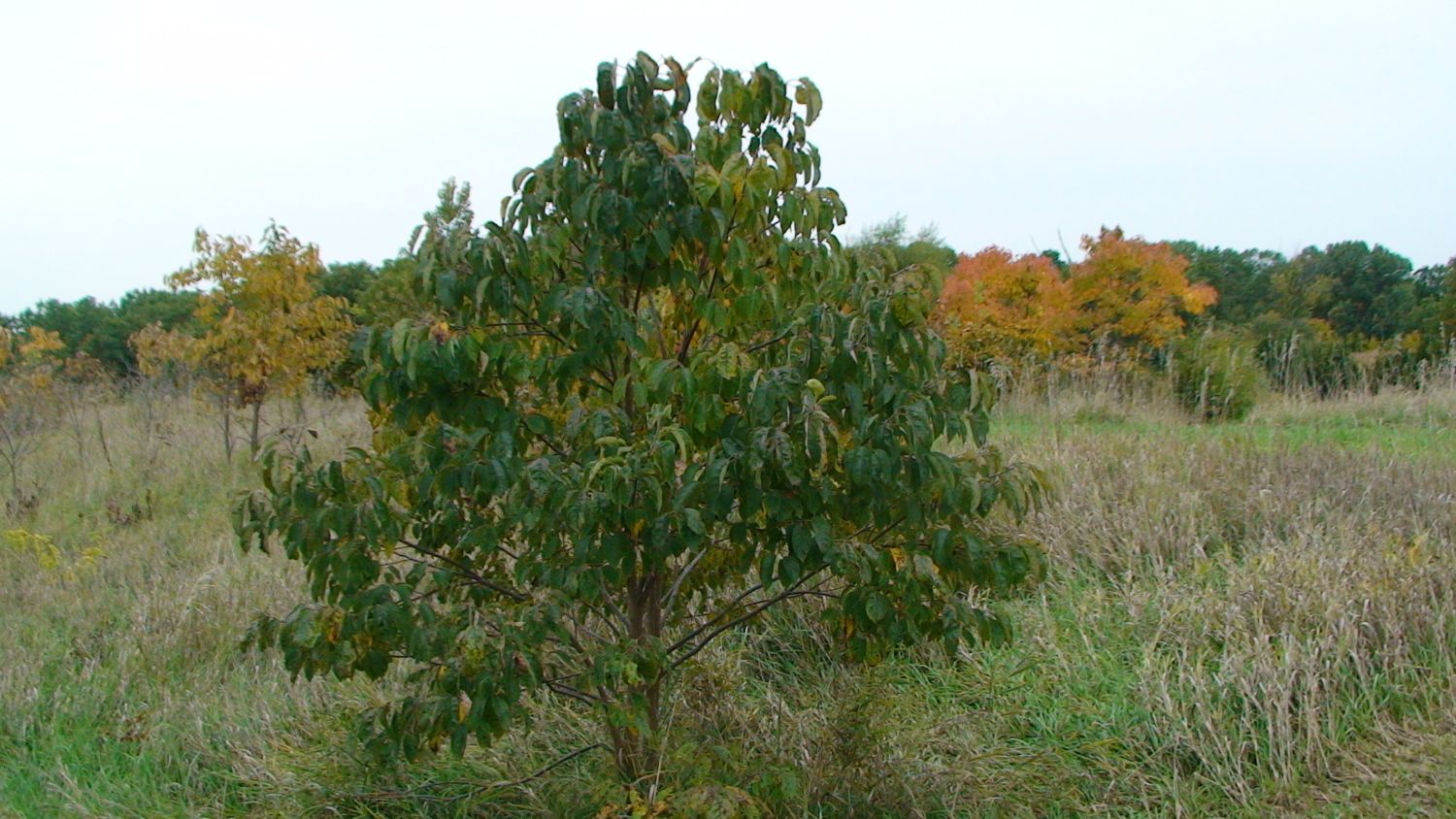- Thread starter
- #31
MORE PICTURES OF PLANT COMMUNITYIN FALL
Emphasis is on edible species.
Winged sumac male patch.

Pretty place that provides little forage or cover.

Persimmon tree, yellow in back are same.

Persimmon up close. Very tasty.

.Electrified fence row.

Vegetative cover in run starting to die back. This last cohort of juveniles and they are too big for even red-tailed hawk to pack off. If hawk tried for one, then it would have to tangle with Scoob who can jump the fencing pretty easy.

Very late hatch Dominique cockerel.

Very, very late Dominique brood. These guys are going to be a headache to raise so late in year.

Cockyard 1.

Sweet sumac female with ripe fruit. Leaves will soon be red.

Berries of same up close. Very tart and tasty to suck.

Rose hips, excellent source of vitamin C.

Buck brush

Same up close. Chickens eat them and they keep all winter but biomass would not last long if chickens targeted it hard.

Emphasis is on edible species.
Winged sumac male patch.

Pretty place that provides little forage or cover.

Persimmon tree, yellow in back are same.

Persimmon up close. Very tasty.

.Electrified fence row.

Vegetative cover in run starting to die back. This last cohort of juveniles and they are too big for even red-tailed hawk to pack off. If hawk tried for one, then it would have to tangle with Scoob who can jump the fencing pretty easy.

Very late hatch Dominique cockerel.

Very, very late Dominique brood. These guys are going to be a headache to raise so late in year.

Cockyard 1.

Sweet sumac female with ripe fruit. Leaves will soon be red.

Berries of same up close. Very tart and tasty to suck.

Rose hips, excellent source of vitamin C.

Buck brush

Same up close. Chickens eat them and they keep all winter but biomass would not last long if chickens targeted it hard.

Last edited:


